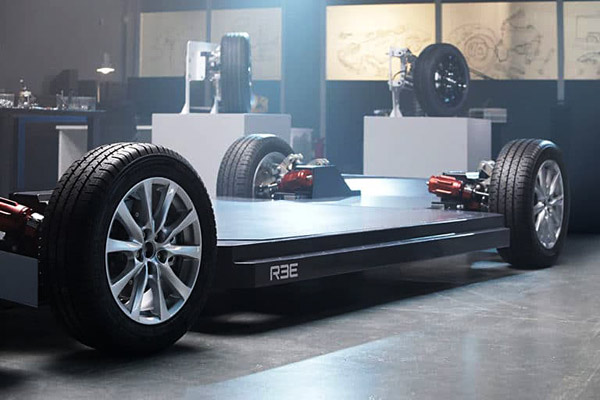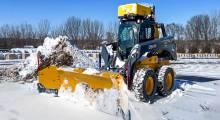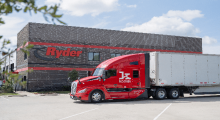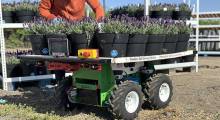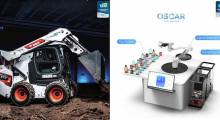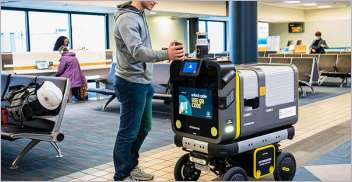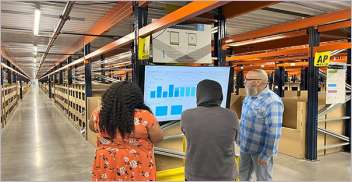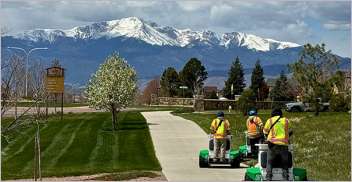The many challenges in developing autonomous vehicles have led companies around the world to partner to advance technologies and market outreach. Yesterday, Navya and REE Automotive said they have agreed to jointly develop a Level 4 autonomous vehicle that will include REEcorner technology and Navya's self-driving systems.
REE Automotive said its mission is to empower global mobility companies to build electric or autonomous vehicles of any size or shape for any application or target market. The Tel Aviv, Israel-based company added that its REEcorner technology is modular and scalable, offering zero-emissions vehicle designers more freedom and space. REE said its manufacturing model uses its Tier 1 partners' existing production lines to minimize capital expenditures. It has subsidiaries in the U.S., the U.K., and Germany.
Villeurbanne, France-based Navya was founded in 2014 and supplies self-driving systems and associated services. The company's Autonom Shuttle development platform is dedicated to passenger transport, and it has sold more than 180 units in 23 countries. Navya's Autonom Tract is designed for goods transport. The company has 280 employees in France, the U.S., and Singapore, and the Valeo and Keolis groups are among its shareholders.
REEcorner plus Driven by Navya
REE Automotive claimed that REEcorner puts traditional drive components—such as steering, braking, suspension, powertrain, and control—into the wheel arch for the industry's flattest electric vehicle platform. The company added that its proprietary “x-by-wire” technology “challenges century-old automotive concepts by being agnostic” to vehicle size and design, power source, and whether the driving mode is manual or autonomous.
Platforms using REEcorner have significant functional and operational advantages over conventional electric vehicle “skateboards” currently available in the market, said REE. In addition, it includes features such as advanced driver-assistance system (ADAS) compatibility, reduced maintenance requirements, and lower total cost of ownership (TCO), said the e-mobility company.
Driven by Navya will be powered by REEcorner. The partners said they will design the SAE Level 4 autonomous system for quality, cost, and performance. It will comply with strict international safety requirements in ISO 26262:2018 and ISO/PAS 21448:2019.
“The combination of our mutual expertise will enable game-changing autonomous mobility solutions that transport passengers and goods efficiently and cost-effectively while fully complying with rigorous safety standards,” stated Daniel Barel, co-founder and CEO of REE Automotive. “We are delighted to move forward on a partnership with Navya. This collaboration of REE’s corner technology aligns perfectly with Navya’s strategy of providing constant improvement for its autonomous driving solutions.”
“We are very pleased to have signed this agreement with REE Automotive, which is a major player in automotive technology,” said Etienne Hermite, CEO of Navya. “This partnership will unlocks fantastic opportunities to create multiple new Level 4 autonomous form factors with the view to address different use cases.”
Article topics
Email Sign Up

